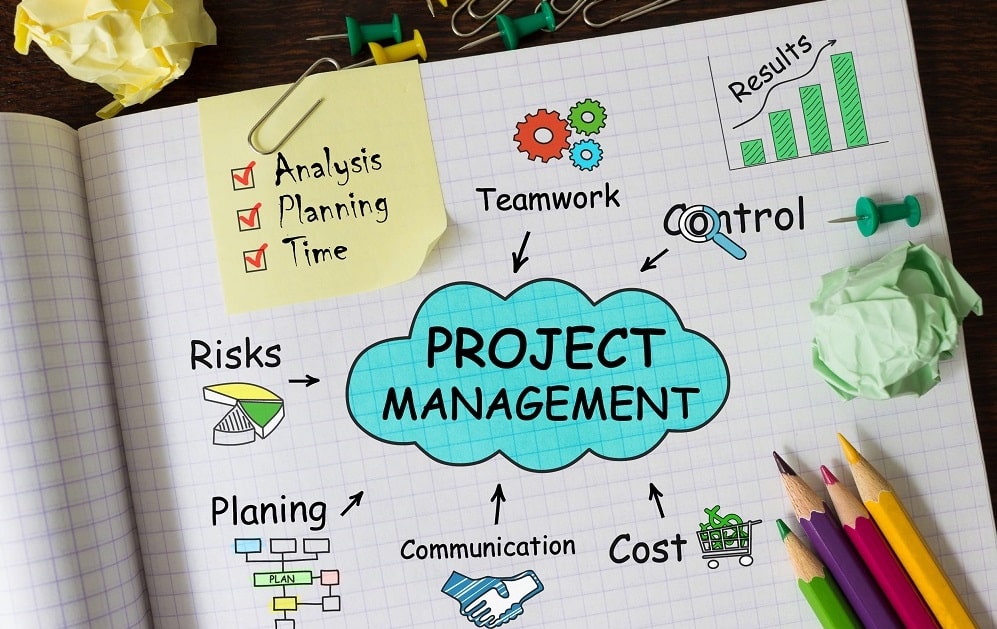Best Practices for Managing Capital Projects

You’ve probably heard a lot about capital project management over the years. It’s a subject that can get rather in-depth and complicated fairly quickly, but the basic fundamentals are generally the same. Building bridges, highways, and government buildings aren’t projects that many companies are willing to tackle, and even fewer have the expertise to be consistently successful. Working from a solid foundation is always a wise idea, but having a vision isn’t enough. You’ll find that having the right team and a solid strategy make all the difference.
Have a Clear Objective
This really can’t be emphasized enough. You can’t build the ladder as you climb. Having a clear and well-planned objective is essential if you expect to be successful and stay within your budget. With bridges and highways, there’s a considerable amount of statistical data and analysis that needs to be taken into consideration. Speed limits, weight loads, curvature, incline, and weather conditions are all crucial factors.
Obviously, a bridge spanning a major river and a bridge crossing a creek are wholly different endeavors. You have to know what your end result needs to be before you can map out the steps to get there.
Be Conservative
As a general rule, a conservative assessment is the best way to begin. Being conservative helps you to both lower your initial costs and meet your metrics with minimal fuss. Being overly aggressive or optimistic tends to lead to disappointment. Additionally, conservative plans are simply easier to fund. Keeping your concepts and plans workable and less idealized will make for an easier proposal. You’ll also have an easier time hitting the mark or even exceeding expectations.
Assess the Feasibility
Even with a clear objective and a conservative approach, not all projects end up being feasible in the end. Some projects face public backlash, encroach on protected lands, or endanger local flora or fauna. Some projects become incrementally more expensive, because the initial assessment and analysis weren’t sufficiently thorough, or new information comes to light during construction.
This is why ensuring the feasibility or the project at the very beginning is so incredibly important. When you encounter something unexpected, a practical plan can be adapted and adjusted much more easily than an unwieldy or outlandish concept.

Build a Team
You’re only as good as your team. This has always been true, and it always will be. Put together experienced leaders and skilled personnel who have the background to tackle the challenge that you know they’ll face. Some projects are easier than others, but you don’t want to let any capital management project be undercut by inexperience or failed oversight.
Follow Regulations
This should be obvious, but it deserves a mention, because not follow regulations can temporary stop or completely derail a project. It doesn’t take any amount of time to find horror stories about projects that were never finished or went so over budget that the company filed bankruptcy. These disasters are avoidable. Know, understand, and follow all regulations, and be sure to get the permits that you require.
Consider Alternatives
Your first plan isn’t always the best one. In fact, it almost never is. Different locations, materials, or designs open up a number of possibilities that you may have never considered. Ask for alternative plans and be willing to listen to new ideas. It could prove to be immensely valuable.
Capital project management isn’t an easy undertaking, but it can be very rewarding. Speak with CARIAN Group at (908) 205-0450 if you have any questions or if you’d like to learn more.
